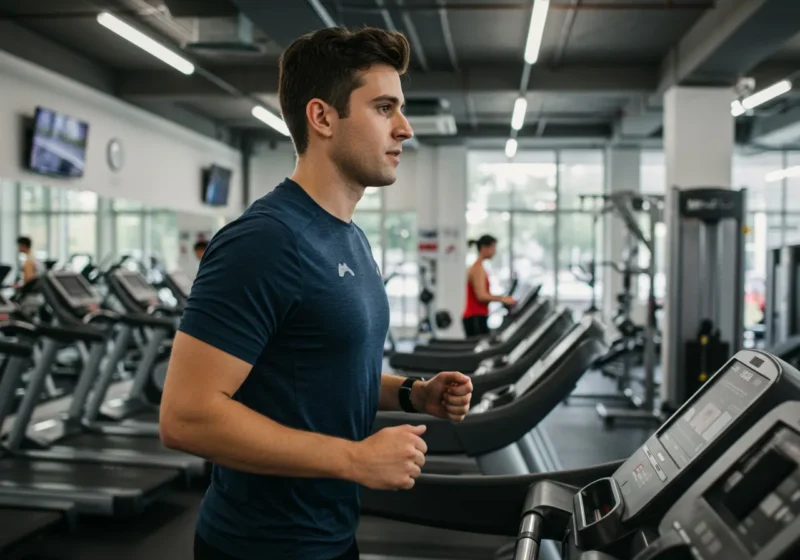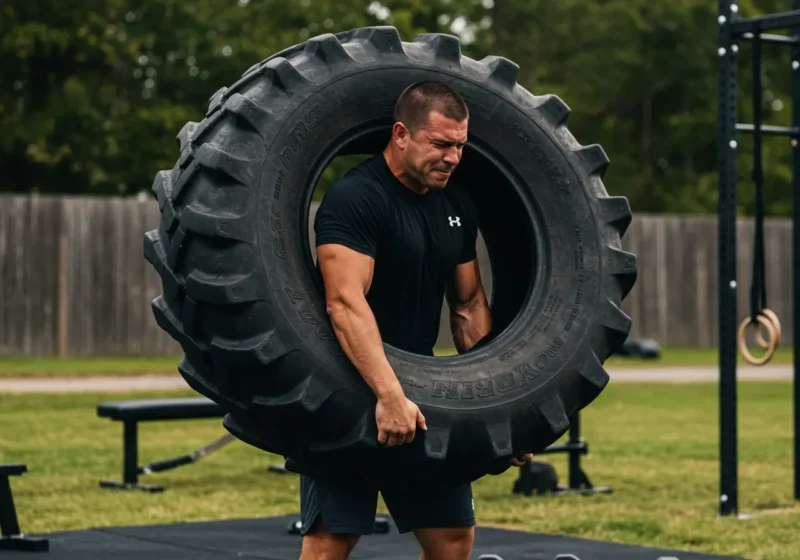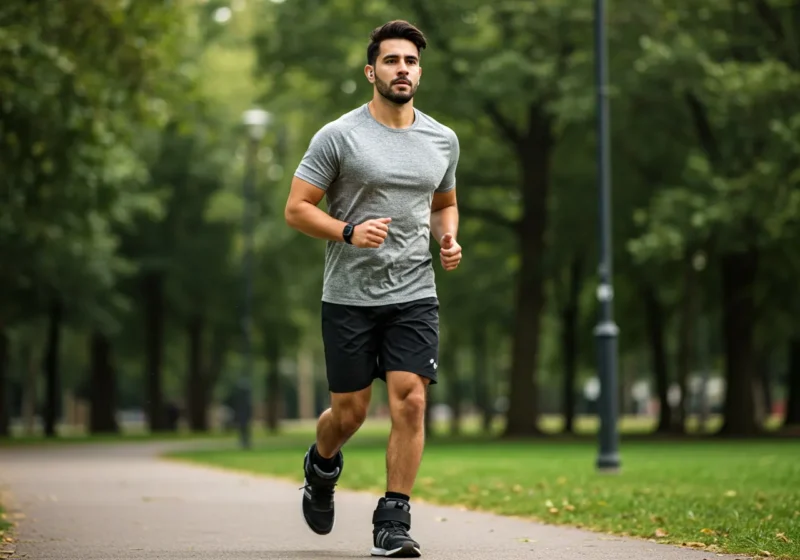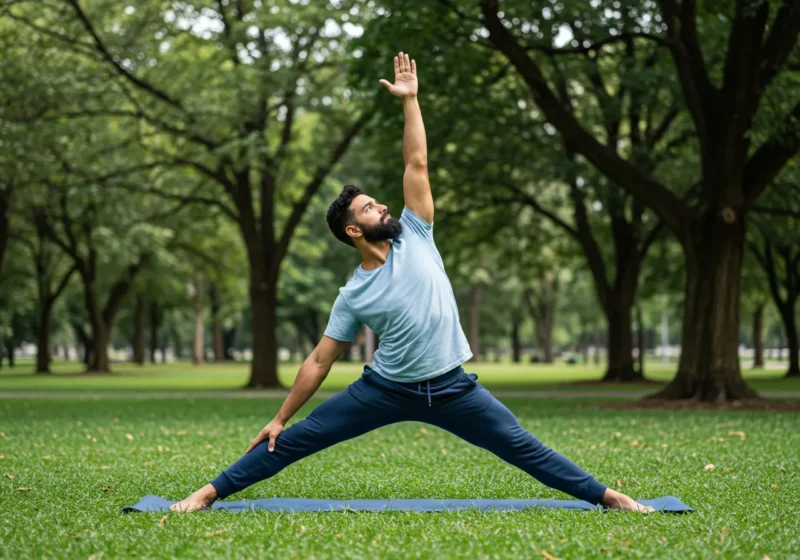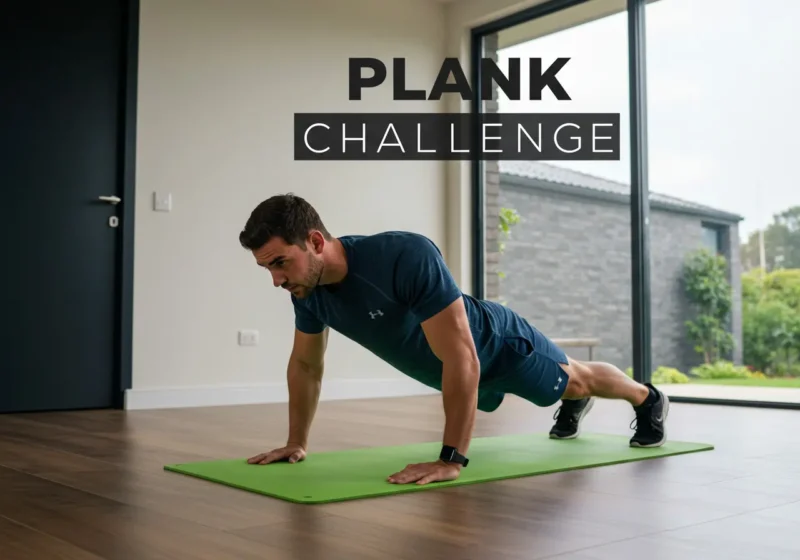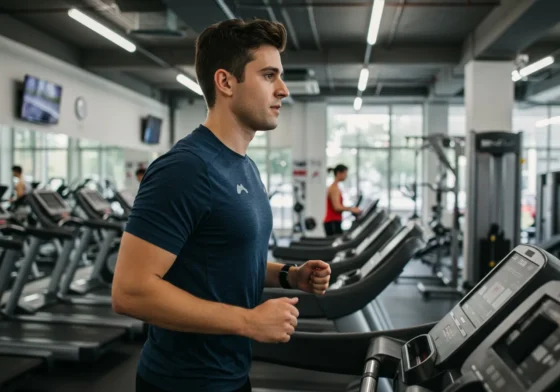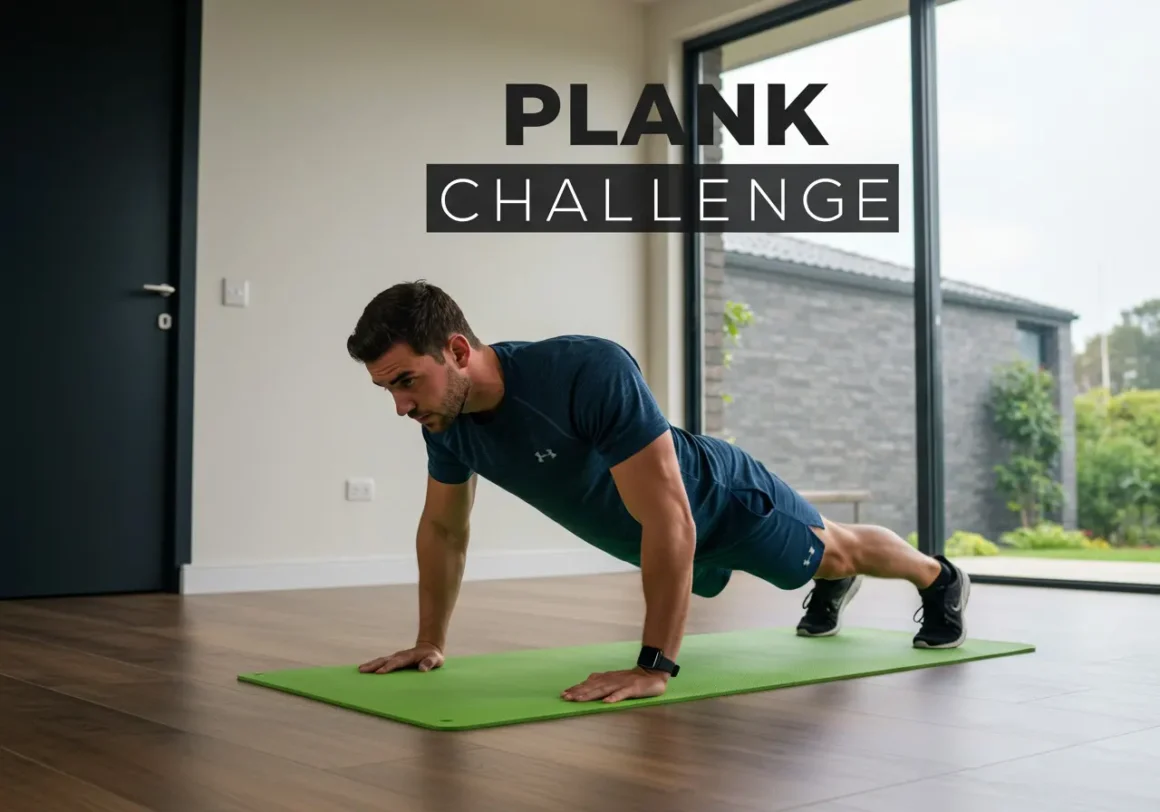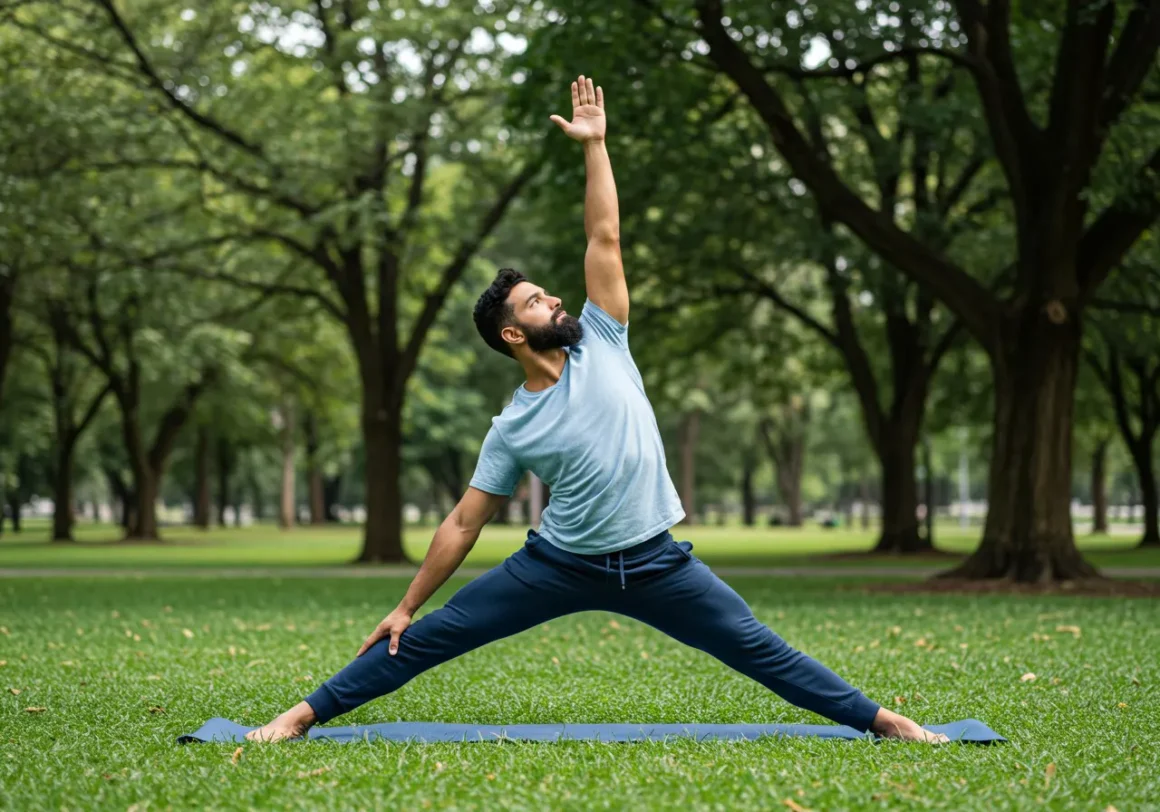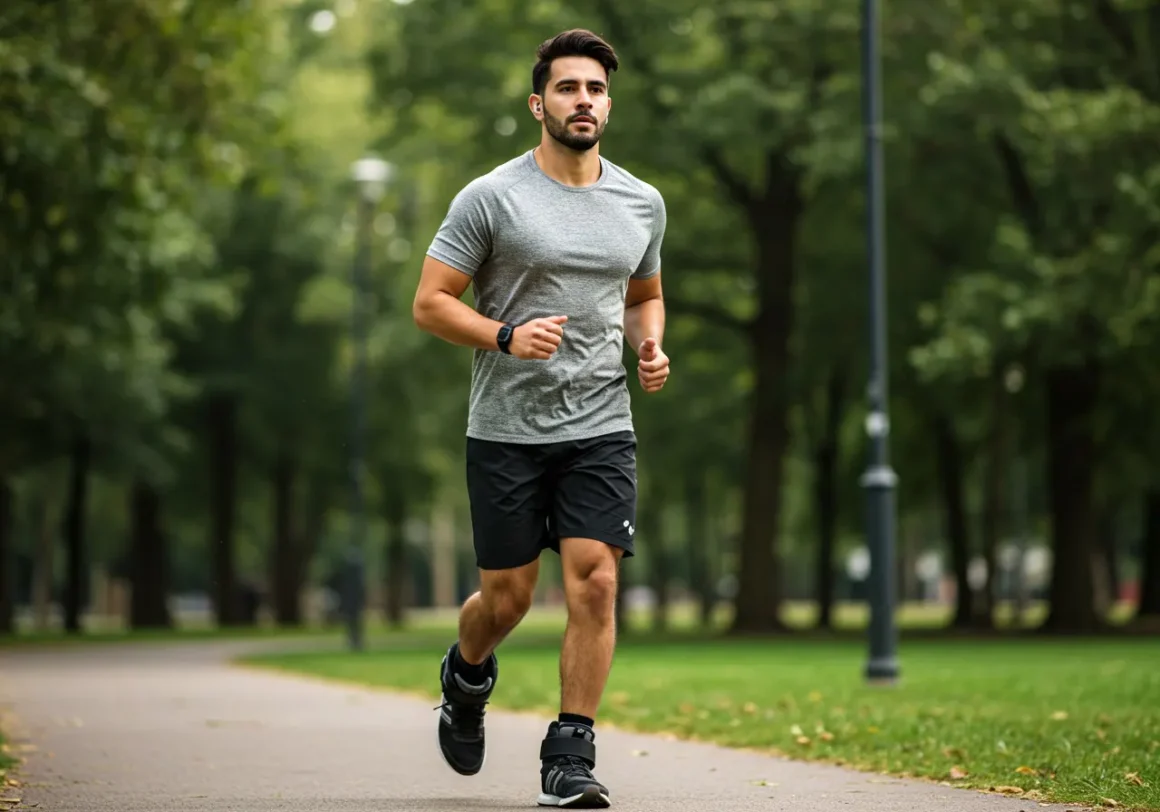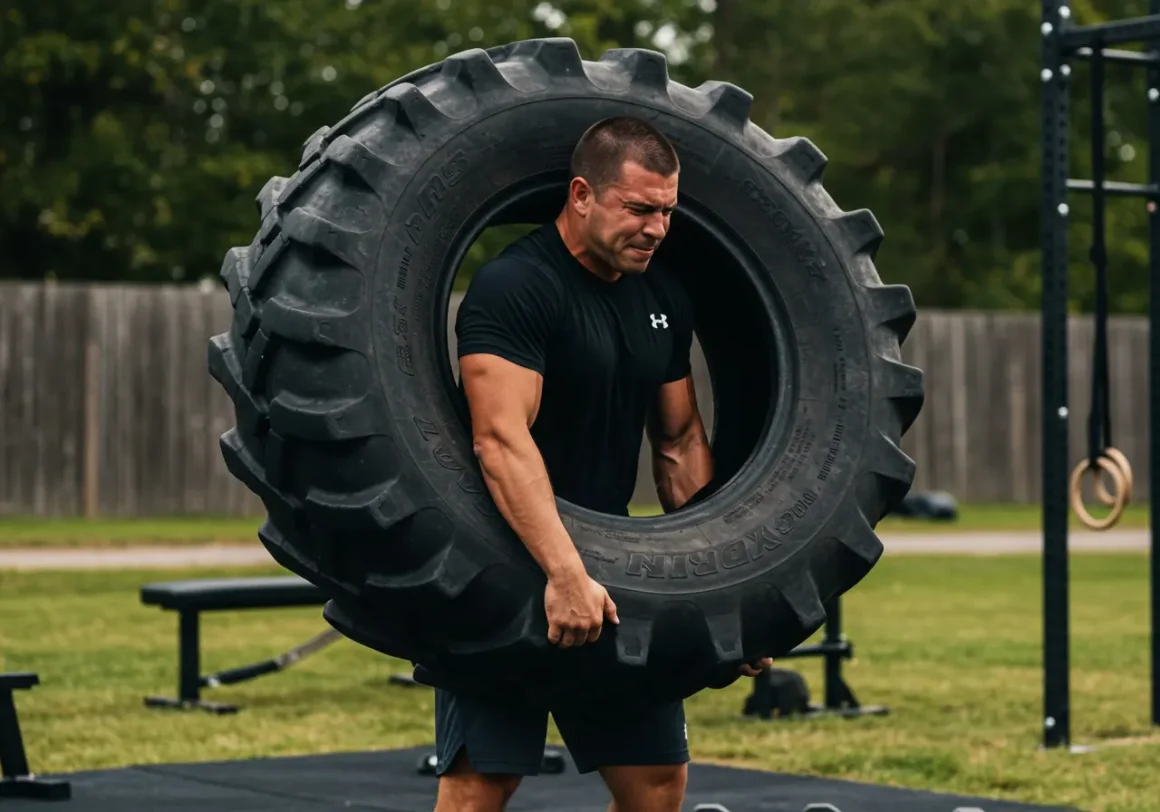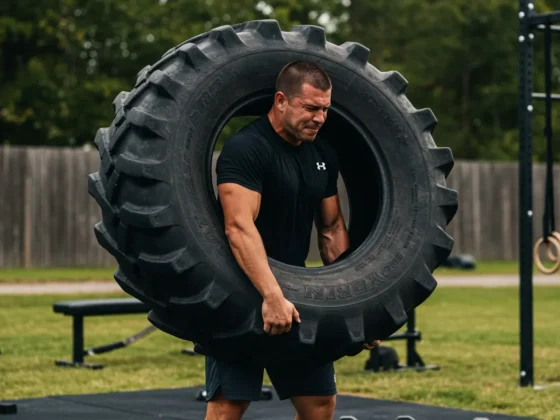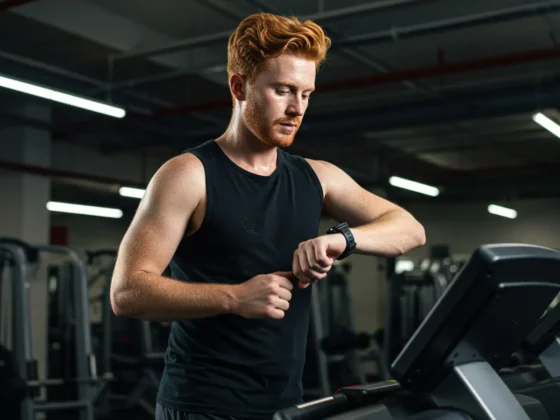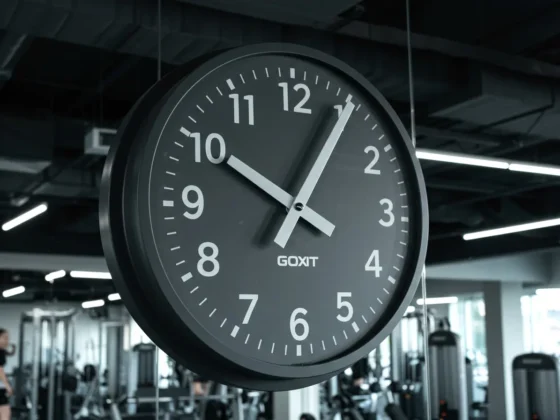Alright, let’s talk about getting after it. Not just going through the motions, but truly mastering the art of physical fitness. It’s more than just lifting weights or running miles; it’s about building a foundation, understanding your body, and setting yourself up for the long haul. Think of this as your go-to guide, a blueprint laid out for the man who’s serious about forging a stronger, more capable self. We’re diving into the core components, the stuff that really makes a difference, and stripping away the unnecessary fluff.
This journey isn’t about chasing fleeting trends or quick fixes. It’s about consistent effort, smart choices, and a genuine desire to improve. We’ll explore the pillars that support lasting physical prowess, touching on everything from raw strength to the subtle art of recovery. So, lace up, settle in, and let’s build something solid together.
When you picture strength, what comes to mind? Maybe it’s hoisting heavy iron, or perhaps it’s the quiet power of moving through life with resilience. Real strength in the fitness world is a blend of both – the ability to generate significant force and the structural integrity to back it up. It’s built on fundamental movements, the kind your body was designed for: squatting, hinging, pushing, pulling, and carrying. Mastering these patterns with good form isn’t just about impressing your buddies; it’s about creating a robust framework that protects you and allows you to express power safely. Forget chasing numbers right out of the gate; focus on the quality of each rep, feeling the muscles work, and building that deep connection between mind and body. It’s like building a house – the foundation has to be rock solid before you add the upper floors.
Getting stronger is a conversation you have with your body, constantly pushing the boundaries but always listening. It involves progressively challenging yourself, whether that’s by adding weight, increasing reps, or improving your technique. This progressive overload is the engine of strength gains. But it’s not just in the gym; fueling your body correctly, getting enough sleep, and managing stress are just as crucial as that last heavy set. Without these pieces in place, your strength gains can stall faster than a cold engine on a winter morning. And speaking of engines, a well-tuned machine also needs varied speeds and distances to truly excel, which brings us to another vital aspect of fitness.
Endurance is your engine’s capacity to keep running, mile after mile, or through sustained effort. It’s what allows you to play hard, work hard, and enjoy life’s physical demands without feeling completely gassed. When we talk about boosting endurance and burning fat, we’re really discussing efficient energy systems. Smart cardio isn’t just mindless jogging; it’s strategic. It can be high-intensity interval training (HIIT) for a quick metabolic boost and improved anaerobic capacity, or steady-state cardio like cycling or swimming to build a strong aerobic base and burn fat over a longer duration. Finding the right mix for you depends on your goals, but incorporating both low-intensity, steady-state work and higher-intensity bursts is a powerful one-two punch. Think of it like having gears on a bike – sometimes you need to grind uphill slowly, and other times you can sprint on the flat.
Effective cardio also ties directly into your body’s ability to use fuel efficiently. Regular cardiovascular exercise improves insulin sensitivity and helps your body tap into fat stores for energy, especially during longer, less intense efforts. It’s about making your body a more effective fat-burning machine, not just during the workout, but throughout the day. This improved metabolic health is a cornerstone of long-term well-being. And while pushing your limits is important, knowing how to recover from those efforts and keep your body moving smoothly is just as critical for consistent progress and avoiding roadblocks down the line.
Building strength and endurance is fantastic, but if you’re stiff, sore, or constantly battling nagging aches, you’re leaving a lot on the table. Flexibility, mobility, and recovery aren’t just buzzwords; they’re the grease in the machine, the unsung heroes that allow your body to perform at its best and bounce back quickly. Flexibility is the length of your muscles, while mobility is your joints’ ability to move through a full range of motion without restriction. You can be flexible as a rubber band but lack the control to move well through that range. Combining the two is where the magic happens. Simple movements, dynamic stretches before a workout, and static holds afterward can dramatically improve how you feel and move. It’s like keeping the moving parts of a classic car well-oiled and tuned.
Recovery is when the real gains happen. Training breaks down muscle fibers; recovery rebuilds them stronger. This includes getting adequate sleep – aiming for 7-9 hours is non-negotiable – proper nutrition to fuel repair, and active recovery like light walks or foam rolling to improve blood flow and reduce soreness. Ignoring recovery is like trying to build a skyscraper without letting the concrete cure; eventually, things will start to crack. And the good news is, you don’t need a fancy gym or expensive equipment to prioritize moving better and recovering smarter. In fact, some of the most effective tools are right there with you
Sometimes life gets busy, travel happens, or maybe you just prefer the simplicity of working out wherever you are. That’s where bodyweight training shines. Your own body is a remarkably versatile piece of equipment, capable of providing a challenging workout that builds strength, endurance, and mobility. Think about push-ups, squats, lunges, planks, and pull-ups (if you have access to a bar). These fundamental movements can be scaled and modified to suit any fitness level, from beginner to advanced. Adding variations, changing tempo, or combining movements can keep things fresh and challenging without ever touching a weight. It’s like having a fully functional workshop that you can take anywhere.
Bodyweight training also forces you to focus on form and engaging stabilizing muscles, which translates to better overall body control and reduced risk of injury when you do hit the weights or play sports. It builds functional strength that prepares you for real-world movements. Plus, there’s an undeniable satisfaction in mastering your own bodyweight. It’s a powerful reminder that fitness is accessible and achievable regardless of your circumstances. Whether you’re traveling, at home, or just looking for a change of pace, bodyweight training is a powerful tool in your fitness arsenal, providing a solid base for everything we’ve discussed.
Conclusion: Forging Your Fit Fellow’s Future
There you have it – the foundational blueprint for mastering your physical fitness. We’ve touched on building real strength through essential techniques, boosting your engine with smart cardio strategies, ensuring your machine runs smoothly with flexibility and recovery, and leveraging the power of bodyweight training no matter where you are. This isn’t just about looking good; it’s about feeling capable, resilient, and ready to tackle whatever life throws your way. It’s about building a stronger version of yourself, inside and out.
The path to lasting fitness is built on consistency, smart choices, and a willingness to learn and adapt. It’s about understanding that every workout, every healthy meal, and every hour of sleep is a deposit in your personal well-being bank. It’s a journey of continuous improvement, embracing the challenges, celebrating the victories, and finding joy in the process. So, take these principles, make them your own, and keep building that fit fellow you’re meant to be. The blueprint is laid out; now it’s time to build.

